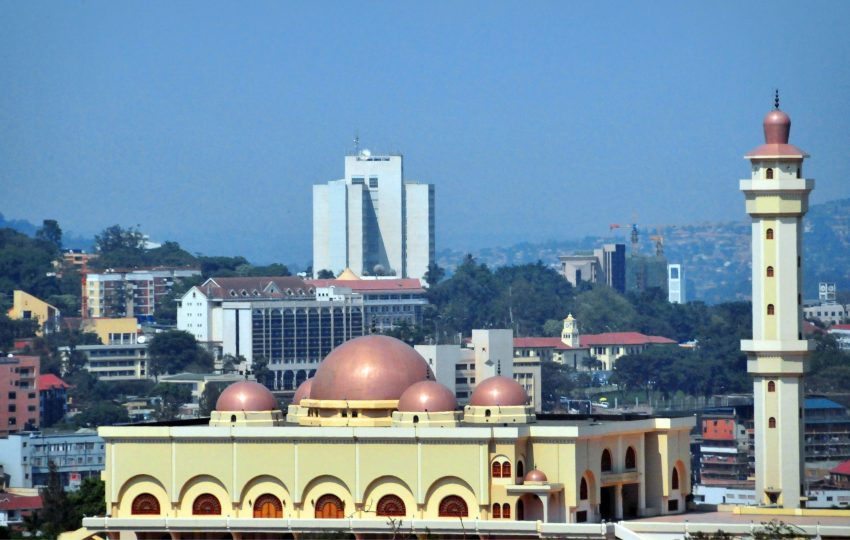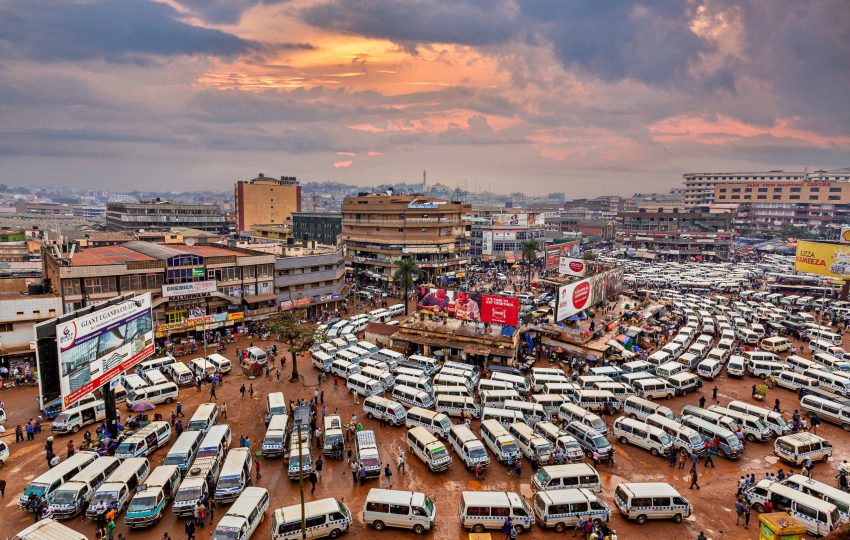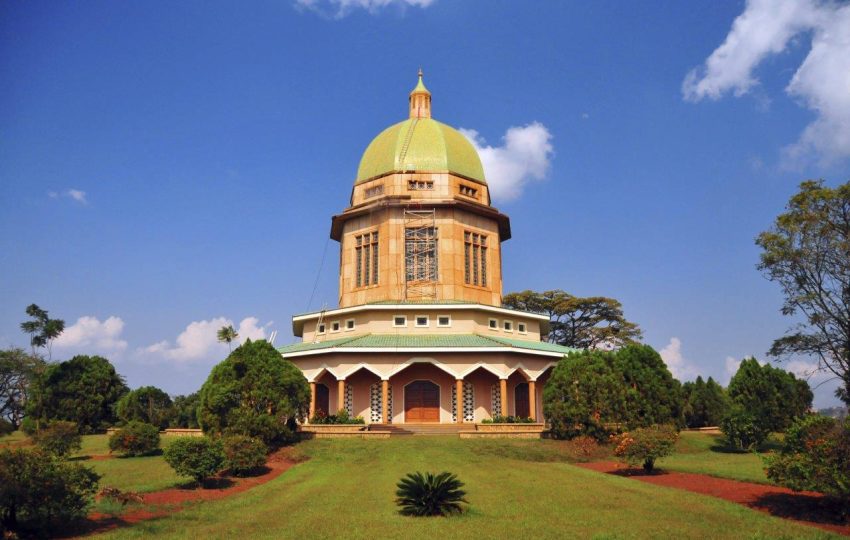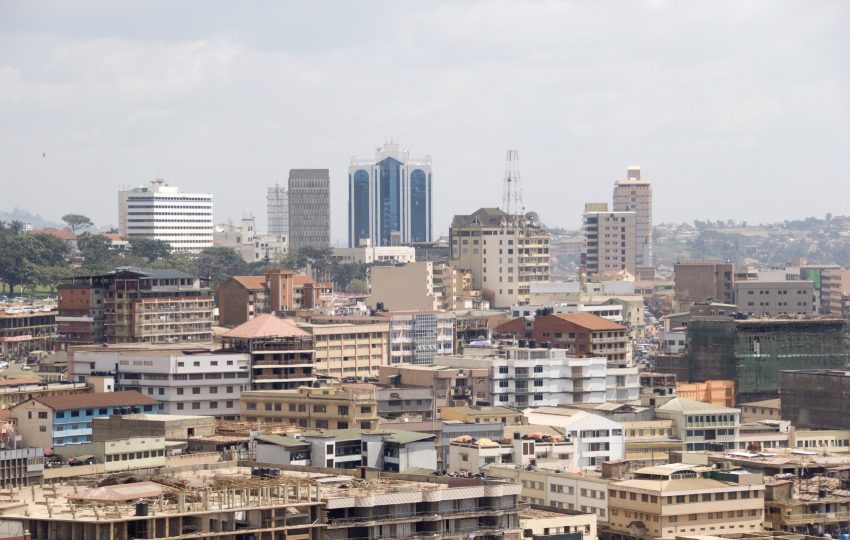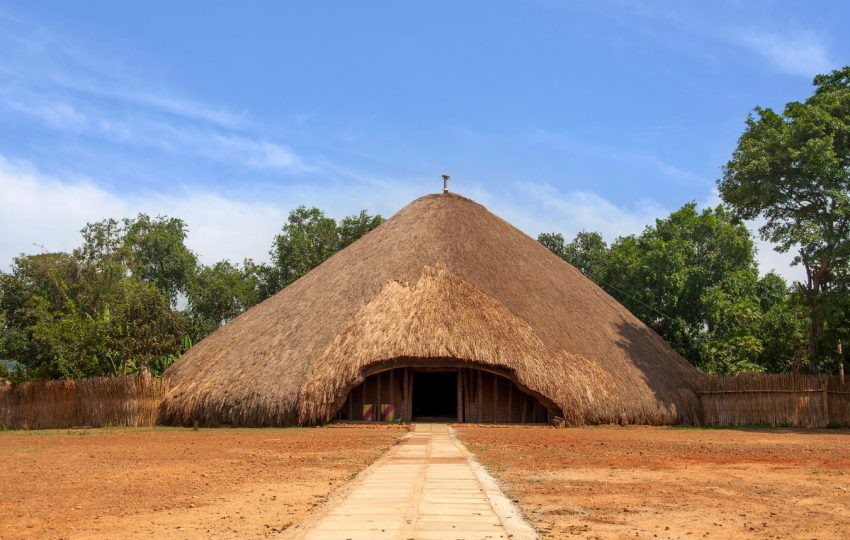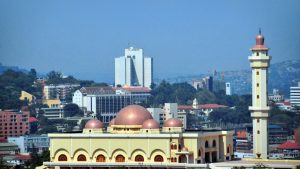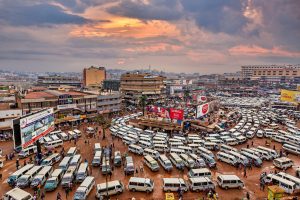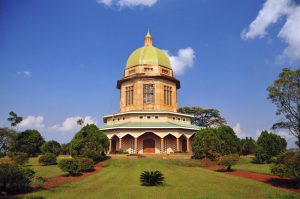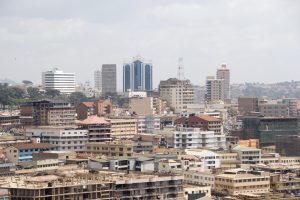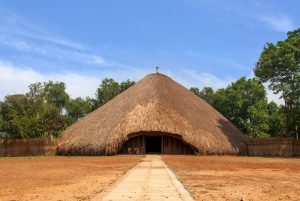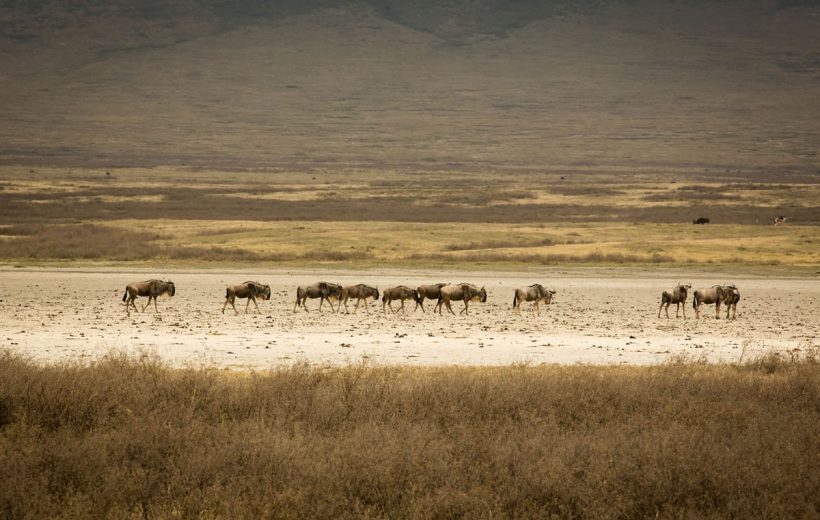Kampala city, Uganda Wildlife Educational Centre, Kasubi Royal Tombs, Buganda Royal Palace, plus its headquarters. The city has many attractions, destinations and tourist activities ranging from events to prime-time venues and hotels, which is why it's referred to as East Africa's happiest city.
The city boasts of many attractions visitors warmly explore every time they visit Uganda, including the Uganda museum, Kasubi Tombs, Kabaka's Lake, Bulange Mengo, Kabaka's palace (Lubiri, Mengo), the Uganda National Cultural Center, various religious centers like Bahai Temple, Kibuli & Gaddafi Mosques, Namirembe Cathedral, Rubaga Catholics Cathedral
The Uganda Wildlife Education Centre (UWEC) was opened in 1952 by the Colonial government then, as an animal orphanage that offered sanctuary to young animals found abandoned in protected areas due to the death or poaching of parent animals It boasts of a wide variety of indigenous wildlife numbering well into the thousands, and housed in natural settings which depict three of Uganda's ecosystems: The Wetland, The Savannah, and The Forest
Kasubi Royal Tombs is a traditional site in an urban setting 5kms to the south-west of Kampala city, the capital of Uganda Four of the last Kings (Bassekabaka) of the Kingdom of Buganda namely, Mutesa I (1865-1884), Daniel Mwanga II (1884-1897), Daudi Cwa II (1897-1939) and Frederick Mutesa II (1939-1966), were buried in this gigantic dome-shaped grass thatched house known as Muzibu Azaala Mpangai Indeed, it is not only the cemetery of the Buganda royalty but also an active religious shrine of the Buganda Kingdom Its traditional architectural design, its religious function and living relevance formed the criteria for its nomination as a unique cultural site of outstanding universal value
Uganda museum has a display of Uganda's cultural heritage where one can see ethnological and natural-historical exhibitions. It is a vivid reminder of the country's colorful past. The Uganda Museum (founded in 1908) in Kampala has exhibits of traditional culture, archeology, history, science, and natural history. It regularly presents performances of traditional music.
Namugongo Martyrs' Shrine, where more than 20 Catholic and Anglican martyrs were burnt alive on the orders of Kabaka Mwanga in June 1886. Consequently, Christians from eastern and central Africa and indeed the world over flock to Namugongo to pay their respects and renew their faith by paying a pilgrimage to the martyrs on June 3rd every year. A church was constructed in the shape of a traditional Baganda hut (akasiisiira) in memory of the martyrs. It stands on 22 copper pillars representing the 22 Catholic martyrs. In front of the main entrance to the church, below the altar, is the spot where Charles Lwanga, the leader of the Catholics, was burned on June 3rd, 1886. Pope Paul VI consecrated the church on August 2nd, 1969.

